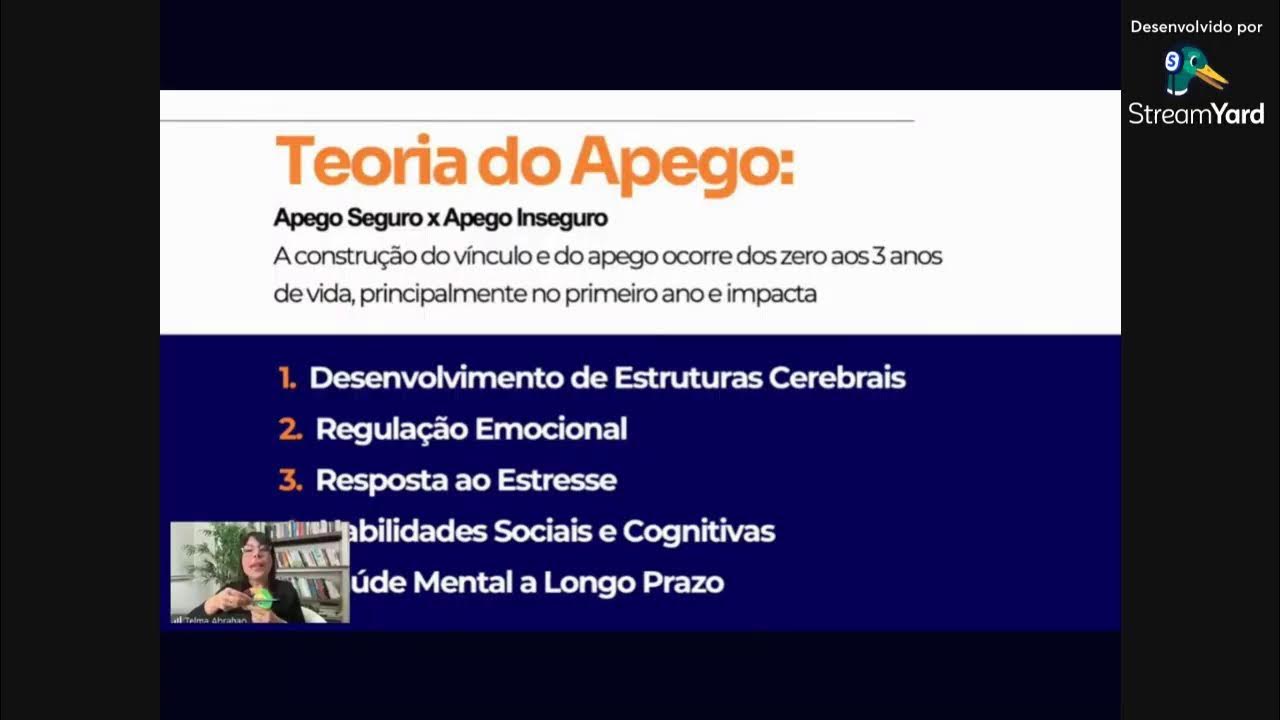Early Years Resources: The Science of Early Childhood Brain Development
Summary
TLDRThe first six years of a child's life, beginning with the mother's pregnancy, are crucial for brain development. During this period, the brain is most receptive to influences from relationships and experiences. Positive interactions between caregivers and children, such as 'serve and return,' strengthen brain connections. However, disruptions like trauma or neglect can hinder growth and affect long-term health. By understanding how a child's brain develops, caregivers can better respond to their needs, fostering their physical, social, emotional, and mental well-being.
Takeaways
- 😀 The first six years of a child's life, starting from the mother's pregnancy, are critical for rapid brain development and lifelong health.
- 😀 Significant disturbances like trauma, neglect, or abuse during this period can negatively impact a child's development and overall well-being.
- 😀 The most important time for brain development occurs during pregnancy and the early years of life.
- 😀 A newborn's brain is not fully developed at birth; it primarily controls basic functions like heartbeat, breathing, and the sucking reflex.
- 😀 Between birth and age six, the brain develops more complex functions like memory, speech, emotion regulation, and decision-making.
- 😀 Understanding brain development helps caregivers respond effectively to a child's needs and build a foundation for their physical, social, emotional, and mental health.
- 😀 A child's brain begins to form early in pregnancy, and babies start learning even before birth.
- 😀 Brain development is shaped by both nature (genetic factors) and nurture (environmental influences, care, and relationships).
- 😀 At birth, a child's brain contains billions of neurons, but only a few are connected, making the brain essentially disorganized at first.
- 😀 Serve and return interactions, like a game of tennis, are key to forming strong brain connections. The more positive serve and return experiences a child has, the stronger their brain connections become.
Q & A
What is the significance of the first six years of a child's life in terms of brain development?
-The first six years, beginning with the mother's pregnancy, are crucial for a child's brain development as it is a time of rapid growth. This period lays the foundation for future physical, social, emotional, and mental health.
How does trauma or neglect affect a child's brain development?
-Significant disturbances like trauma, neglect, or abuse can hinder a child's brain development, leading to lifelong health issues. These negative experiences can undermine the development of essential brain functions.
When is the most important time for a child's brain development?
-The most important time for brain development is during the mother's pregnancy and the early years of life, from birth to around six years old.
What are the basic functions a newborn's brain controls at birth?
-At birth, a newborn's brain controls the most basic functions such as heartbeat, breathing, and reflexes like sucking, which allow the baby to feed.
What key brain functions develop during the first six years of a child's life?
-During the first six years, the child's brain develops more complex functions, including memory, speech and language comprehension, emotion regulation, and decision-making abilities.
How do nature and nurture influence a child's brain development?
-Nature refers to the genetic and hereditary factors that a child is born with, while nurture encompasses the environmental influences, such as the care a child receives and the relationships they have with others.
What is the 'serve and return' concept in brain development?
-Serve and return refers to the back-and-forth interactions between a child and a responsive adult. The child 'serves' by reaching out for interaction (e.g., smiling or crying), and the adult 'returns' the serve by responding (e.g., smiling or offering comfort).
Why is 'serve and return' important for brain development?
-Serve and return interactions are essential for forming strong brain connections. Positive interactions strengthen these connections, helping the child’s brain develop more effectively.
What role do caregivers play in a child's brain development?
-Caregivers play a vital role by providing responsive interactions that foster brain development. These positive interactions create neural connections that support the child's cognitive and emotional growth.
How does the newborn's brain differ from that of a more developed child?
-A newborn’s brain is underdeveloped and contains billions of neurons, but few are connected. Over time, through experiences and interactions, these neurons form connections that enable more complex brain functions.
Outlines

This section is available to paid users only. Please upgrade to access this part.
Upgrade NowMindmap

This section is available to paid users only. Please upgrade to access this part.
Upgrade NowKeywords

This section is available to paid users only. Please upgrade to access this part.
Upgrade NowHighlights

This section is available to paid users only. Please upgrade to access this part.
Upgrade NowTranscripts

This section is available to paid users only. Please upgrade to access this part.
Upgrade NowBrowse More Related Video
5.0 / 5 (0 votes)





